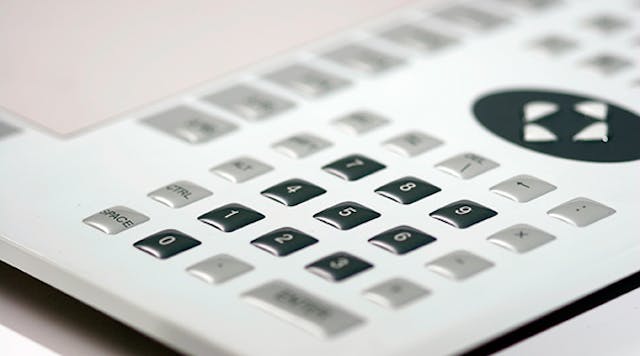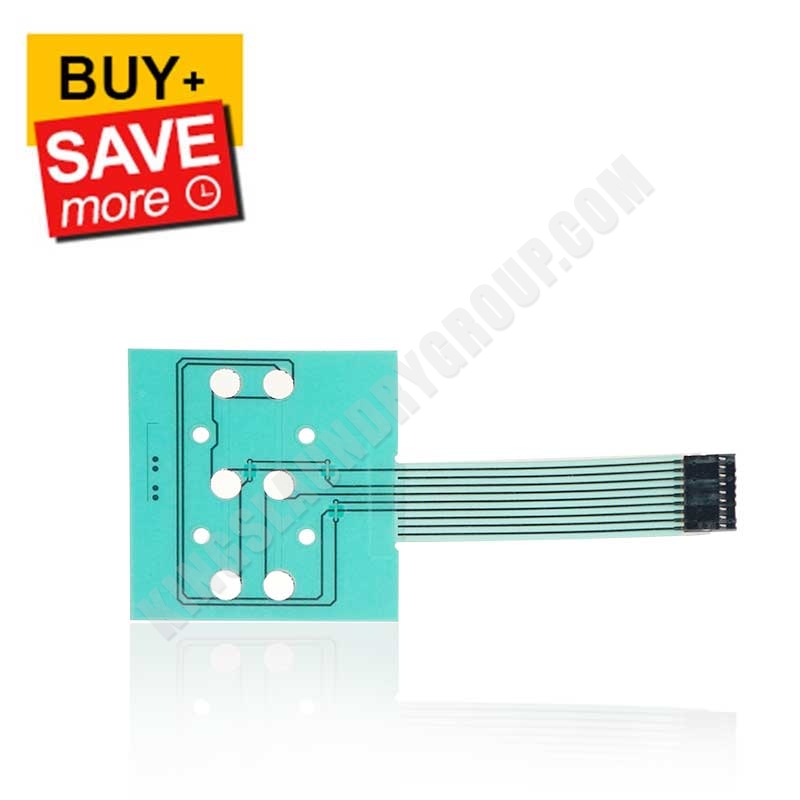Discover the Future of Control Interfaces: Why Membrane Switches Are Gaining Popularity
As industries progressively prioritize effective and straightforward control interfaces, membrane buttons are arising as an engaging solution that incorporates performance with design adaptability. With the rise of clever innovation and sustainability problems, the technologies and capabilities bordering membrane layer switches over warrant closer exam.
Comprehending Membrane Layer Switches
Membrane switches are integral components in modern-day electronic devices, functioning as interfaces in between devices and individuals. These switches include numerous layers, commonly consisting of a visuals overlay, a spacer layer, and a circuit layer. When an individual presses a button on the overlay, the leading layer reaches the circuit layer, completing a circuit and sending out a signal to the device. This straightforward yet effective device permits seamless communication with technology.

Longevity is another crucial function, as membrane switches can be designed to stand up to environmental aspects such as wetness, dirt, and chemicals. This strength makes them suitable for applications in extreme conditions. Overall, recognizing the framework and function of membrane layer buttons is vital for appreciating their role in the advancement of individual interfaces in today's technology-driven world.
Key Benefits of Membrane Layer Switches
Providing a series of advantages, membrane buttons have become a recommended option in various applications (Membrane Switches). Among the main advantages is their compact design, allowing producers to optimize space in tools without endangering capability. Membrane buttons are light-weight, which is especially valuable in mobile electronic devices

In addition, these buttons offer superb toughness. Constructed from versatile materials, they are immune to dust, dampness, and a variety of ecological variables, making them suitable for rough conditions. This longevity commonly converts into a much longer life-span contrasted to traditional mechanical switches.
Additionally, membrane layer switches over enable smooth integration of icons and graphics, offering aesthetic versatility and improving customer experience. Modification options are substantial, making it possible for brand names to create unique interfaces that straighten with their item identification.
An additional key advantage is their ease of cleaning and maintenance. The level surface area of membrane layer switches over protects against the accumulation of dirt and grime, making them optimal for hygienic environments. Lastly, membrane buttons are cost-efficient, as they can be produced in high quantities at reduced expenses, making them easily accessible for a large variety of industries. These aspects collectively add to their boosting popularity in modern-day control interfaces.
Applications Across Industries

A myriad of markets are progressively taking on membrane layer buttons due to their flexibility and performance. These manage user interfaces are specifically widespread in the automotive sector, where they are used in dashboards and infotainment systems, offering a smooth and straightforward interface. In the medical area, membrane layer switches over facilitate the operation of diagnostic equipment and patient monitoring systems, making sure dependability and simplicity of use in important circumstances.
In addition, the customer electronics market benefits from membrane layer buttons in tools such as microwaves and remotes, permitting structured style and improved longevity. Membrane Switches. The aerospace sector also makes use of membrane layer buttons in cabin controls, important site where room restraints demand efficient and small layout services
Additionally, the industrial industry employs membrane layer buttons in machinery control panels, offering resilience versus extreme atmospheres and guaranteeing operational performance. Retail atmospheres have welcomed membrane layer switches in point-of-sale systems, enhancing user interaction while maintaining visual allure.
Style Patterns in Membrane Switches
Evolving alongside technical improvements, layout patterns in membrane buttons are significantly concentrated on enhancing customer experience and visual appeal. Modern membrane layer buttons are being developed for simplicity and user-friendly use, enabling customers to navigate user interfaces effortlessly. This change in the direction of user-centric design stresses responsive comments, making certain that individuals receive prompt confirmation of their activities.
In addition, personalized graphics and colors are coming to be basic functions in membrane layer button designs. This versatility permits makers to develop personalized interfaces that line up with branding and certain customer needs. The incorporation of backlighting is one more noticeable fad, as it not only enhances visibility in low-light conditions however likewise adds a visually striking aspect to the general layout.
This change not only improves appearances however also contributes to the overall functionality and resilience of the switches. These style fads collectively underscore the expanding significance of combining type and function in the advancement of membrane switches, inevitably enhancing the user experience.
Future Expectation for Control Interfaces
The future of control interfaces is poised for considerable change as arising technologies proceed to improve customer communications across numerous tools. The assimilation of advanced materials, such as conductive inks and versatile electronic devices, will certainly enhance the flexibility and capability of membrane layer switches, making them significantly versatile to a range of applications. Additionally, the increase of the Web of Points (IoT) will drive demand for even more user-friendly, straightforward user interfaces that can seamlessly integrate with clever browse around these guys tools.
As expert system and artificial More about the author intelligence evolve, manage user interfaces will likely incorporate even more individualized functions, enabling users to connect with devices in manner ins which are customized to their choices and habits (Membrane Switches). This change in the direction of user-centric style will place membrane layer switches as an essential player on the market, especially in industries like medical care, automotive, and consumer electronics
Furthermore, the promote sustainability will encourage manufacturers to check out eco-friendly materials and production approaches, making certain that the future of control interfaces aligns with ecological factors to consider. Generally, as technology continues to development, membrane switches will certainly come to be progressively innovative, leading the way for ingenious control services that enhance user experience and operational efficiency throughout varied industries.
Verdict
In verdict, the boosting adoption of membrane layer switches highlights their significance in the advancement of control interfaces. As user-friendly interfaces end up being necessary in the context of IoT and AI developments, membrane buttons are placed to play a vital duty.
As sectors significantly prioritize efficient and user-friendly control user interfaces, membrane layer buttons are arising as an engaging remedy that combines functionality with design flexibility.Longevity is an additional crucial function, as membrane layer switches can be developed to stand up to environmental aspects such as moisture, dirt, and chemicals.Developing along with technical advancements, layout patterns in membrane switches are increasingly concentrated on enhancing customer experience and aesthetic charm. Modern membrane switches are being designed for simplicity and instinctive use, allowing customers to browse user interfaces easily. These style trends collectively highlight the growing value of integrating type and function in the growth of membrane layer buttons, inevitably enriching the individual experience.